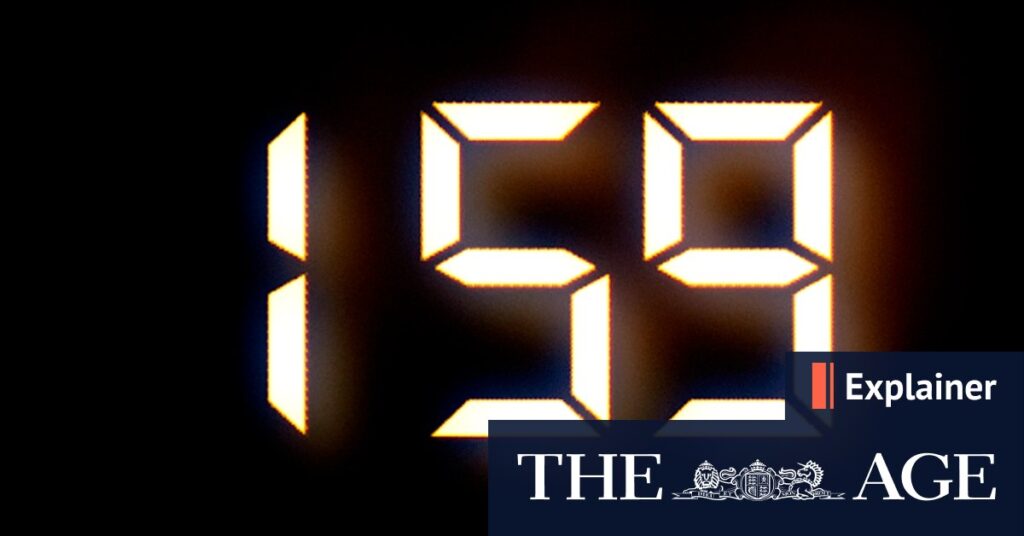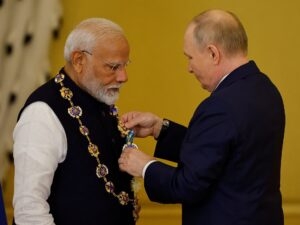
In 1897, Charles Deland, a miner in Menzies near Kalgoorlie, experienced a peculiar mix-up when he arrived at church only to find the sermon nearly over. This anecdote, recounted by Graeme Davison in The Unforgiving Minute, highlights the chaos of timekeeping in early Australia. Deland noted, “The post office time is usually 40 minutes behind town time & mine time is just between the two. I went to church by town time and found they had started by the post office time.” This irregularity stemmed from the mine using solar time while the post office adhered to Perth time.
Such confusion was not unique to Menzies. Across Australia, towns like Broken Hill operated on a mishmash of time standards. Railways ran on Adelaide time, post offices on Sydney time, and mines on local solar time. Public clocks, often unreliable, added to the chaos. As early as 1844, The Sydney Morning Herald lamented, “There are but five public clocks in Sydney, three of which have not shown any symptoms of movement for the past five or six days.”
The Push for Time Standardization
By the 1870s, major cities began sending telegraph signals from government observatories to synchronize public clocks and time-balls, which were visible to ships at sea. Despite these efforts, there was little urgency to standardize time across the continent. As late as the 1880s, Australia resembled an archipelago of time zones rather than a unified nation, according to Davison, an emeritus professor of history at Monash University.
Charles Todd, South Australia’s postmaster-general and superintendent of telegraphs, was a key figure in the push for a unified time zone. At an 1891 conference, Todd proposed a single time zone based on the 135th meridian, aligning with his home state. However, Queenslanders objected, leading to the decision to establish three one-hour time zones instead.
“Todd had an interest in trying to make South Australian time the time for the whole continent,” Davison explains. “The division of opinion led to the final decision to have three one-hourly time zones rather than just one or two.”
The Advent of Daylight Saving Time
The concept of daylight saving time (DST) has its roots in the 18th century. In 1784, Benjamin Franklin, while in Paris, humorously suggested in The Journal of Paris that Parisians could save on candles by rising with the sun. However, it was New Zealand entomologist George Vernon Hudson who seriously proposed a seasonal time shift in 1898 to maximize daylight for outdoor activities.
Despite early proposals, it was wartime necessity that spurred the adoption of DST. In 1916, Britain implemented DST to conserve fuel during World War I, a move echoed by Australia in 1917. The change was not universally welcomed, with complaints from dairy farmers, cinema owners, and residents about its disruptive effects.
After being dropped post-war, DST was revived in Tasmania in 1967 to alleviate pressure on hydroelectric supplies during a drought. By the 1970s, a broader movement, including the Daylight Saving Association, advocated for its reintroduction across Australia.
Controversies and Modern Adaptations
Despite its benefits, DST remains contentious. Western Australia has rejected it in four referendums, most recently in 2009. Queensland’s 1992 referendum saw the “no” vote prevail, with concerns about the impact on daily routines and children’s health.
Internationally, the debate continues. In Britain, MP Rebecca Harris’s 2012 bill for a cost-benefit analysis of year-round DST failed to progress. In 2023, MP Alex Mayer proposed a more radical two-hour shift, but it remains unimplemented.
“Even Donald Trump has shown interest in daylight saving, advocating for a permanent one-hour shift,” reports indicate. “Versions of the Sunshine Protection Act have been debated in Congress but lack the support to become law.”
Meanwhile, the moon is set to receive its own time zone, Lunar Coordinated Time, as NASA works to establish a standard for future lunar missions. This highlights the growing complexity of timekeeping in an increasingly interconnected world.
As time zones and daylight saving continue to evolve, they remain a testament to human ingenuity and the ongoing quest to harmonize our lives with the natural rhythms of the Earth and beyond.





